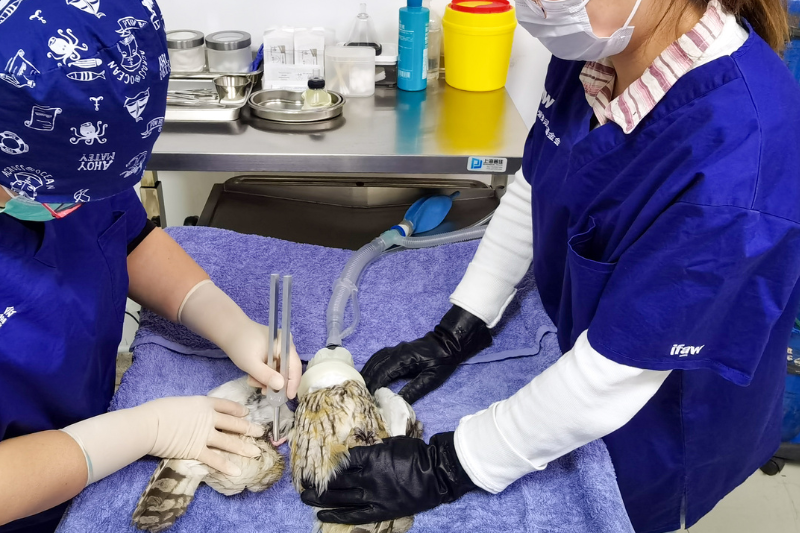Click here to get this post in PDF
Bird flu, or avian influenza, as it is also known, is an extremely contagious flu virus that predominantly afflicts birds and has an extremely high mortality rate, making it of extreme concern to ecologists and poultry keepers alike.
Bird flu, or highly pathogenic avian influenza (HPAI) was first recorded in 1878 in Italy. However, it was not until 1955 that it was understood as a type A influenza virus. Back in the 19th century, it was known instead as the fowl plague.
From the 1950s up until 1995, there were 15 outbreaks in poultry that amounted to relatively small losses. Compare this to the period of 1996 to 1998, when there were 11 outbreaks, with just four of them causing millions of losses in the poultry sector, and it is easy to see that things have deteriorated. What has caused this substantial increase in the impact of bird flu on poultry, though?
To understand just why things have got so much worse, we need to understand what has changed in the industry. The 1990s saw the proliferation of large-scale (sometimes vast) commercial poultry farms. This brought millions of birds together in close proximity and often in less than satisfactory conditions, to put things mildly. With such claustrophobic conditions and a lack of attention paid to any semblance of adequate biosecurity, especially in developing nations with less strict standards (although the US has similarly lax standards in some areas) the low pathogenic H9N2 strain became endemic across the Asian continent, and especially in China. This brings us to 1996.
In 1996, bird flu took a turn for the worse. The location of Guandong Province saw the first recorded case of the notorious H5N1 subtype of HPAI, in commercial goose farming. This case, which was initially an isolated incident, ultimately spread into wild birds and then into domesticated poultry. One of the largest outbreaks of the H5N1 subtype occurred in 2008, which led to the culling of millions of poultry.
Although very rare, the H5N1, the most common of the HPAI variants, can be spread from animal to human. To illustrate just how rare, there have been less than 1000 instances of this globally since 2003, with many of them in Asia, although a total of 60 countries have seen examples of this. One of the main reasons it is rare in humans is that it is also not easily transmitted from human to human, unlike other flu types.
Fast forward to 2020, we saw the proliferation of a new strain – the H5N8 subtype. This has its roots in poultry farms and has spread to wild bird populations across continents. Millions of birds have been culled with the hope of preventing a pandemic, although now in 2022, we need to look no farther than the coastal areas of England to see the impact the H5N1 strain of bird flu is having on sea birds, with tens or hundreds of thousands of cases and a huge loss of fauna. The need for a joined-up approach to the problem encompassing wild birds and poultry is tangible, as is the need for poultry owners to enlist the help of biosecurity experts like Livetec to help make sure they are prepared and can potentially prevent the worst from happening.
You may also like: 3 Major Smart COVID Testing Plans for Employers
Image source: Pexels.com

